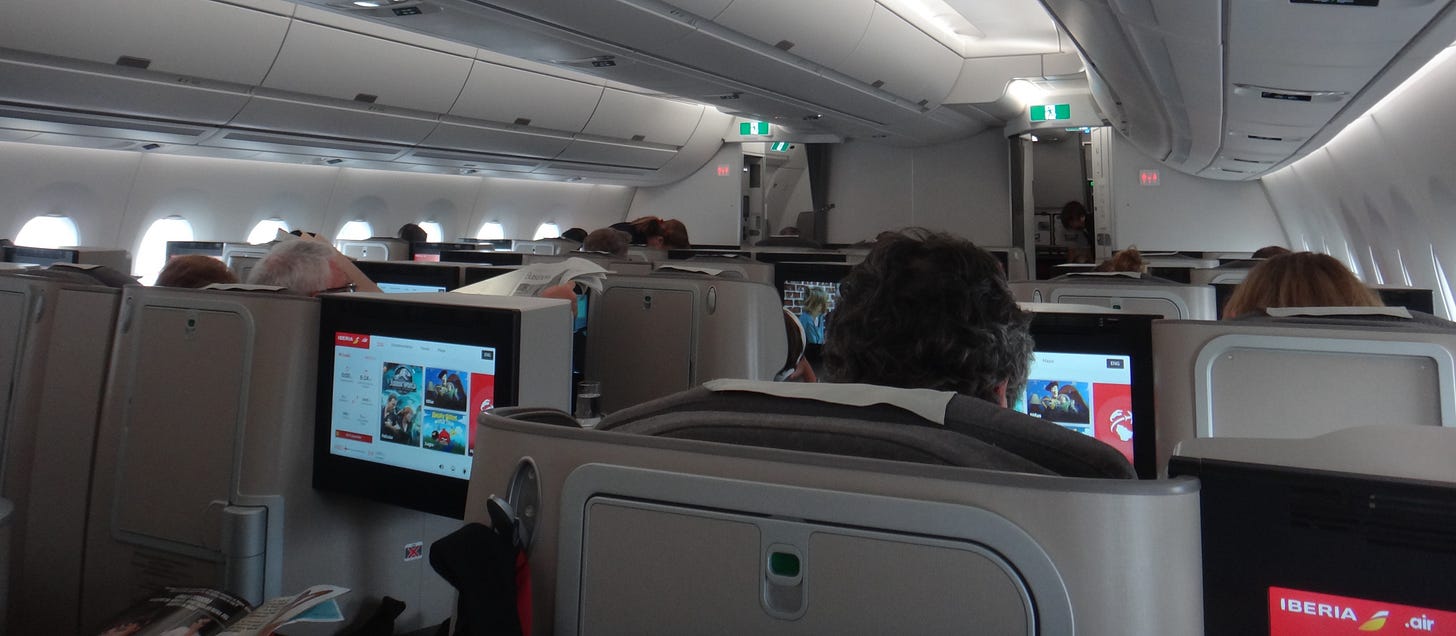Airfare Arbitrage
A choice between point-of-sale and point-of-origin logic leads to a product pricing dilemma
To save money on air fare it is sometimes possible to call an agent in another country and pay for your ticket in a foreign currency. The savings can be substantial, perhaps £500 to £1,000 in premium economy or business class, and far outweigh any credit card’s foreign exchange fees. It is just like arbitrage in finance.
This is because some airlines, in…



